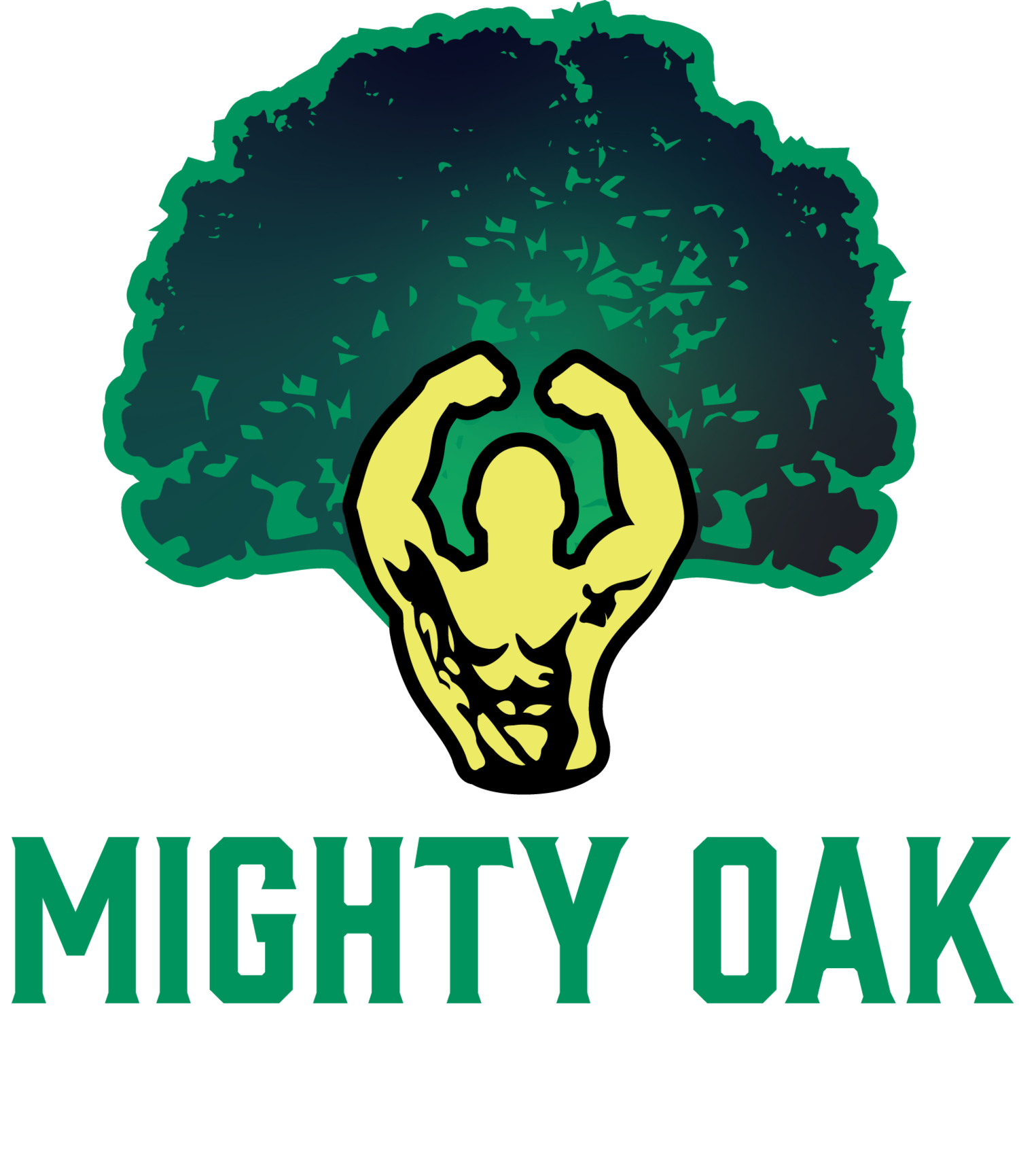How to Identify Your Lifting Style: Elegance vs. Power in Olympic Weightlifting
Snatch vs. Clean and Jerk: Understanding the Differences and Finding Your Niche
The world of Olympic weightlifting is captivating, often highlighted by two iconic lifts: the snatch and the clean and jerk. Both are dynamic, powerful, and require a blend of strength, technique, and timing. But what sets them apart, and how do you find which lift suits you best?
The Snatch: One Fluid Motion of Power and Precision
The snatch is often regarded as the most technically demanding lift in weightlifting. It involves lifting the barbell from the ground to overhead in one continuous, explosive motion. Key elements include:
- Speed and Flexibility: The snatch demands a rapid extension of the hips, knees, and ankles (triple extension), followed by a swift drop under the bar.
- Shoulder Mobility and Stability: Achieving the wide grip overhead squat position requires exceptional shoulder flexibility and strength.
- Technical Precision: Even a minor error in the snatch can result in a failed lift, making it a true test of skill.
The Clean and Jerk: A Test of Strength and Control
The clean and jerk is a two-part lift that first brings the barbell to the shoulders (clean), followed by lifting it overhead (jerk). This lift emphasizes:
- Raw Strength: The clean segment requires significant leg and back strength to pull the barbell to the shoulders.
- Split Second Decisions: The transition from the clean to the jerk requires quick decision-making and adaptability.
- Endurance and Stability: Holding the weight at the shoulders before the jerk tests endurance, while the overhead jerk demands stability and balance.
Finding Your Niche: Which Lift Suits You?
To discover your strength, consider:
1. Body Composition and Flexibility: Athletes with excellent shoulder mobility and a leaner build may excel in the snatch. In contrast, those with powerful legs and a strong back might find the clean and jerk more suitable.
2. Mental Approach: If you enjoy the challenge of technical precision and rapid movements, the snatch might be your calling. However, if you prefer a test of raw power and split-second strategy, lean towards the clean and jerk.
3. Training Preferences: Your enjoyment in training specific movements will also guide you. Some athletes find the fluidity of the snatch more appealing, while others enjoy the brute strength aspect of the clean and jerk.
Both the snatch and the clean and jerk are intricate, challenging, and rewarding. Understanding their differences is key to appreciating Olympic weightlifting and finding your niche in this sport. Whether you gravitate towards the elegance of the snatch or the sheer power of the clean and jerk, remember that both lifts require dedication, practice, and a passion for improvement.
Happy Lifting!
Keep pushing your limits and exploring your potential with Mighty Oak Athletic. For more insights into weightlifting and conditioning, stay tuned to our blog!

